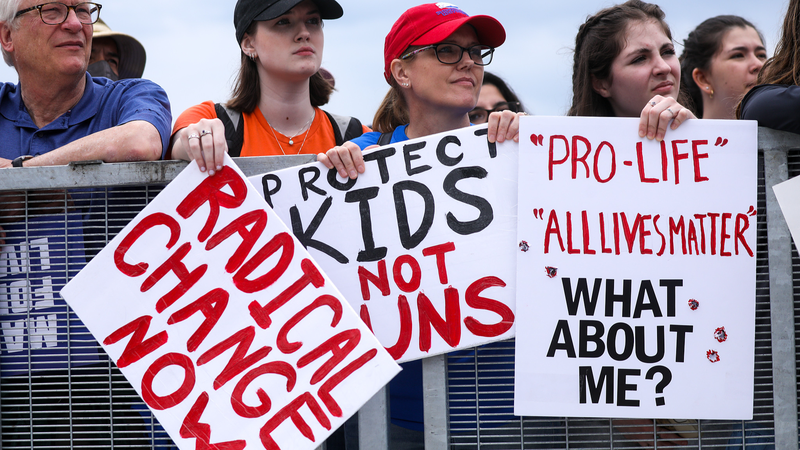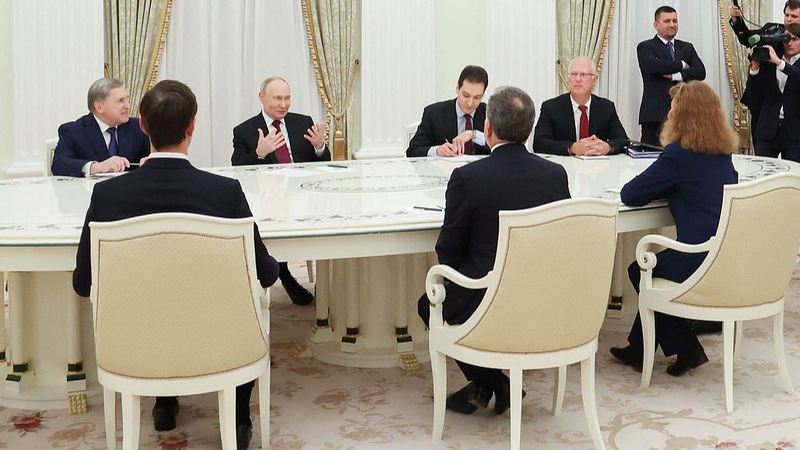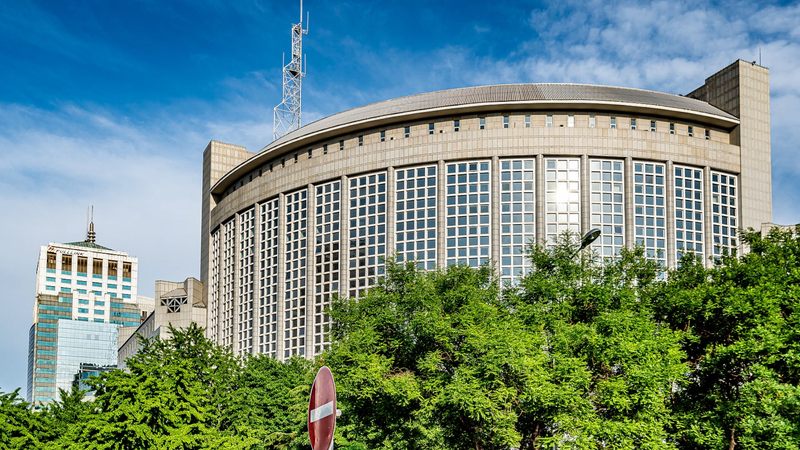On Wednesday morning in Minneapolis, an ordinary school church ceremony at Annunciation Catholic School turned tragic. A shooter armed with a rifle, shotgun and pistol fired through windows where children sat in pews for Mass. Two young lives, ages 8 and 10, were lost, while 17 others were wounded before the attacker ended his own life in the church’s rear.
Minneapolis Police Chief Brian O'Hara confirmed the suspect, a man in his 20s with no major criminal record, carried out the attack just before 8:30 a.m. local time. Authorities are now treating the incident as both domestic terrorism and a hate crime targeting Catholics, FBI Director Kash Patel announced.
This horror adds to a grim pattern: since the Columbine massacre in 1999, the United States has faced relentless school shootings. As of August 27 this year, 44 attacks have shaken schools—from college campuses to K-12 grounds—claiming 18 lives and injuring at least 74 people, according to data from the Gun Violence Archive, Education Week and Everytown for Gun Safety.
Broader figures are even starker. Defining a mass shooting as an event with four or more victims shot or killed, the Gun Violence Archive reports 286 incidents nationwide in 2023 alone.
The shooting prompted President Donald Trump to order flags at half-staff and underscore the FBI's rapid response. Yet for many Americans—and observers around the world—the question remains: Can the cycle of gun violence be broken?
From boardrooms to classrooms, this tragedy urges global citizens, tech innovators and policy thinkers to ask tough questions. How will communities heal? What role can sustainable policy and technological solutions play in protecting schools? As the U.S. grapples with this violence, the world watches, hoping for answers that could inspire real-world change.
Reference(s):
cgtn.com




